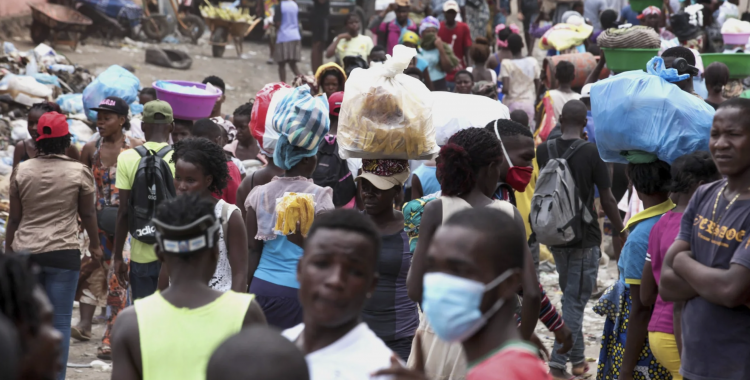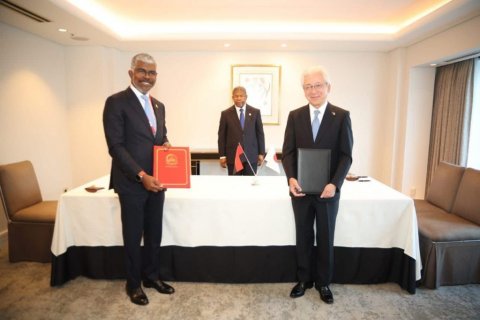"Unemployment is expected to break 30 percent again in the fourth quarter", reads the note sent to customers, and to which Lusa had access, which comes after the disclosure, by the National Institute of Statistics of Angola, of a reduction of 4.1 percentage points in the third quarter of 2022, compared to the same period, and 0.2 percentage points compared to the second quarter, when the rate was 30.2 percent.
"The recovery of the economy is leading to the beginning of a more persistent decline in the unemployment rate in Angola", adds the note, which warns, however, that the economy of the largest oil producer in sub-Saharan Africa remains markedly informal.
"The informality of the Angolan economy remains very relevant - in the 3rd quarter of the current year, the number of people employed in the informal market increased by 433.0 thousand (+5.0 percent over the same period) to 9.1 million, representing approximately 80 percent of the total number of employees in Angola", say the economists.
For 2023, BFA's economic studies office predicts that the downward trend will continue, which also appears in a context of recovery of the Angolan economy, which is expected to grow by around 3 percent this year.
"Our forecast is that the situation in the labor market will continue to improve, with the unemployment rate settling between 28 and 29 percent, below the minimum of 29 percent recorded at the beginning of the statistical series, in the second quarter of 2019", conclude the analysts.
The unemployment rate in Angola is one of the highest among African countries, slightly below the figures recorded in Nigeria (33.3 percent) and South Africa (32.9 percent), according to data compiled by the Bloomberg financial information.
Driven by the five years of economic recession and the impact of the pandemic, the rate rose to 34 percent in the third quarter of 2020 and 2021, and averaged 32 percent in 2020 and 2021, covering a third of people available for work.







